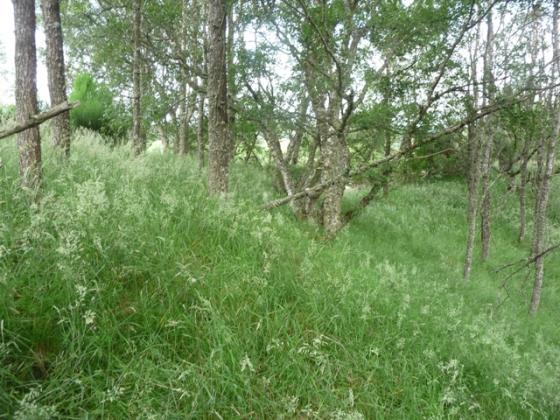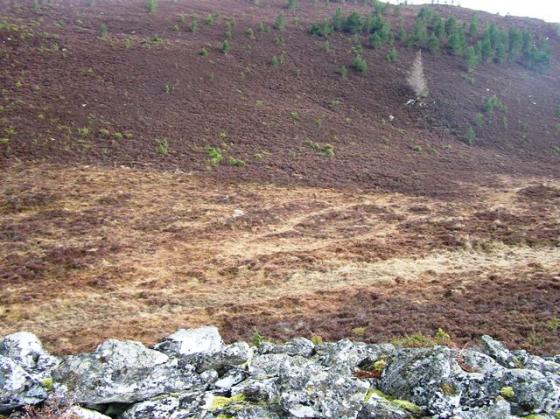In the shire of Inverness and parish of Ennerallen ther is an old ston-monument called the chappell of Tilligorum, alias, Chappell maakmulach, which is full of graves, and was within the memorie of his (my informer’s) father (who is a man of nintie six or ninetie seaven years) an ordinary place of buriall at least for poor people, and continues to be at this day for children who die without baptisme & for strangers.
From a letter to John Aubrey from James Garden, dated March 1693. Quoted in ‘The occult laboratory: magic, science, and second sight in late seventeenth-century Scotland’, by Michael Hunter and Robert Kirk (2007).
I think this is probably the right place, because elsewhere a ‘female brownie’, with a name suspiciously like maakmullach, is mentioned – for example in Minstrelsy of the Scottish Border (1803), Sir Walter Scott says
“... that of Tullochgorm, by May Moulach, a female figure, whose left hand and arm were covered with hair .. [was] a familiar attendant upon the clan Grant.”
and Thomas Crofton Croker, in ‘Fairy Legends and Traditions of the South of Ireland’ (1828) says:
Formerly ever family of consequence had its Brownie, but now they have become more rare. The two last that were known in the Highlands belonged to the ancient family of Tullochgorm in Strathspey: they were a man and his wife. The man, of a droll and merry disposition, often made game of people; he was particularly fond of pelting those who passed by with lumps of earth, whence he received the name of Brownie-clod. However, with all his good humour, he was rather simple, and was tricked by those whom he himself intended to trick. The best instance is an agreement which he was foolish enough to make with the servants of Tullochgorm, and by which he engaged himself to thrash as much corn as two men could do in the whole winter; for this he was to receive an old coat and a Kilmarnock cap, to which he seemed to have taken a great fancy. While the servants lay down in the straw and idled away their time, poor Brownie thrashed without ceasing: in short, before the agreement was completed, the men, out of gratitude and compassion, put the coat and cap into a corn measure in the barn. He instantly left off work, and said contemptuously, that as they had been simple enought to give him the coat and cap before the end of his task, he would take good care, and not thrash a single sheaf more.
His wife, on the contrary, instead of being the sport of the maids with whom she worked, was a sort of mistress among them. She was seldom on good terms with them, on account of the fidelity with which she acquainted her master with every neglect of their duty. She had a profusion of hair on her head, whence she was called hairy Mag (Maug vuluchd). She was an honest and able housekeeper, and particularly clever in waiting at table. The care with which she invisibly set out the table was a most entertaining sight to strangers; the thing asked for came as if by magic, and placed itself on the table with the greatest speed and nicety: she had no equal in the whole country for cleanliness and attention.






























































